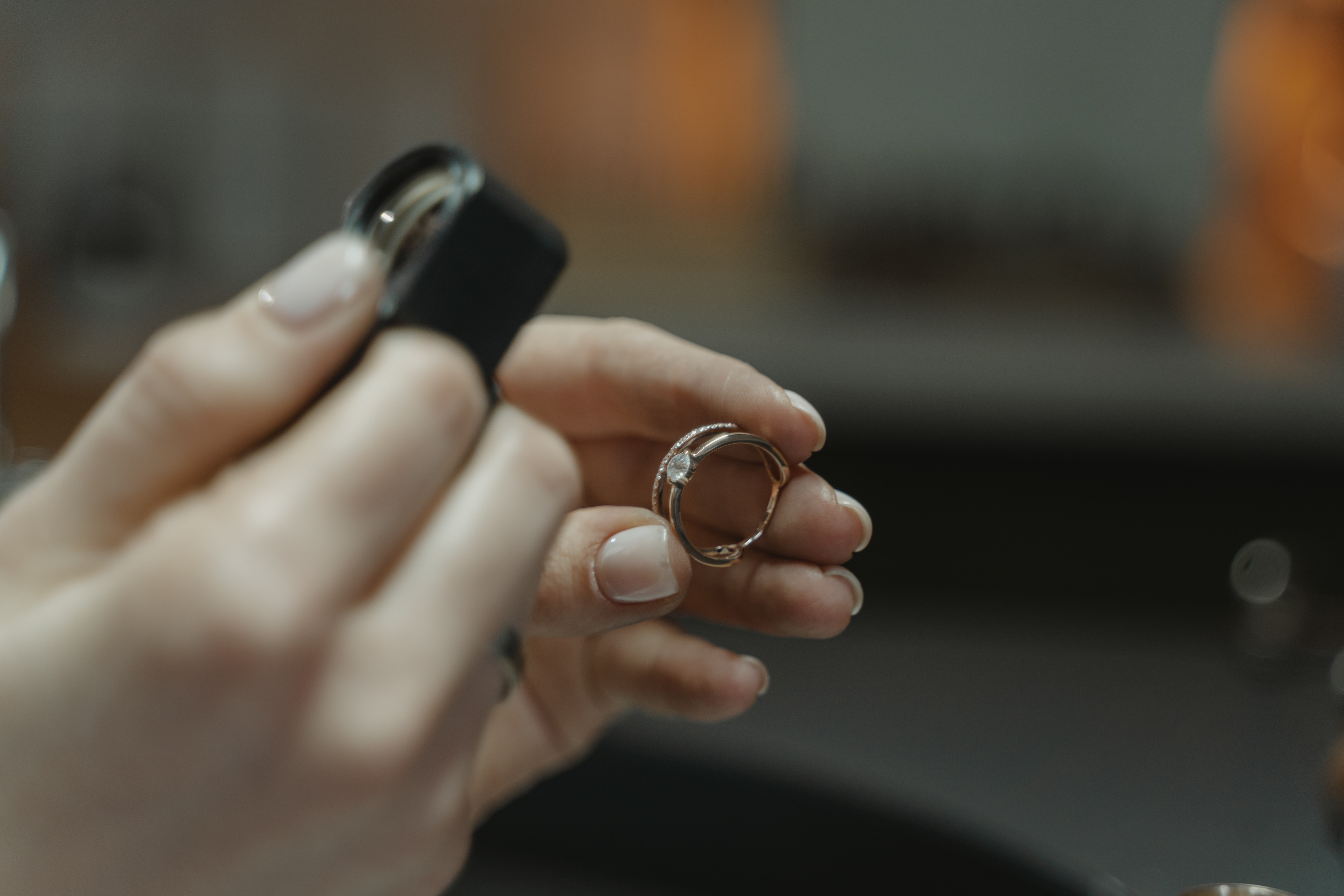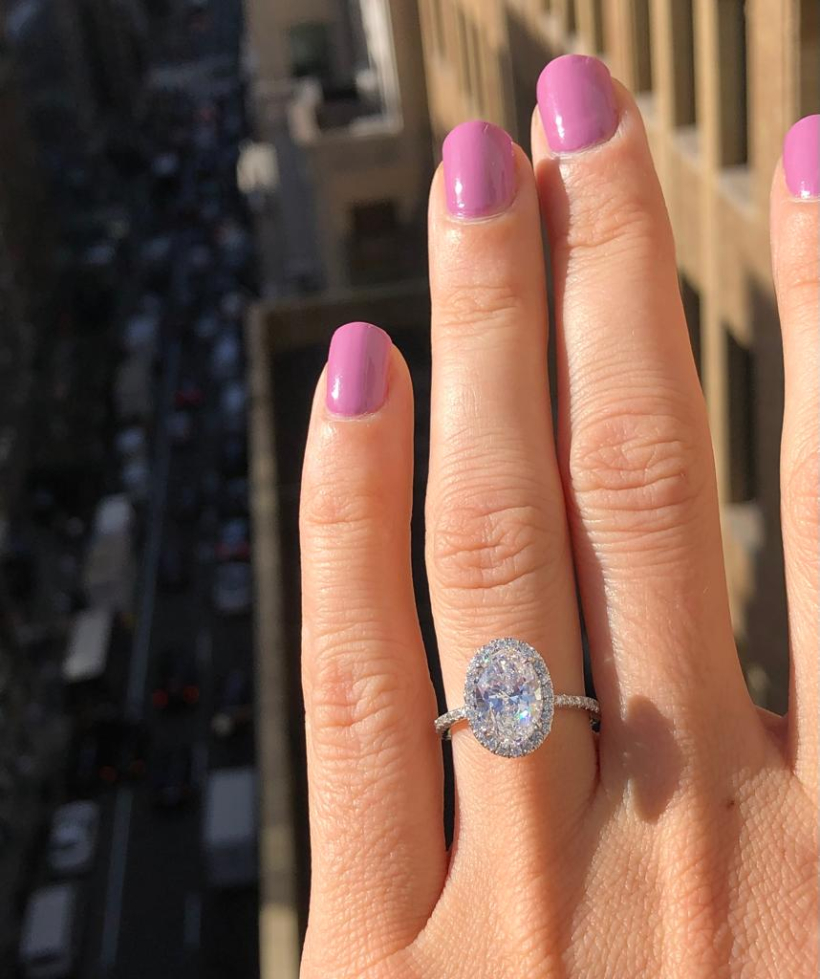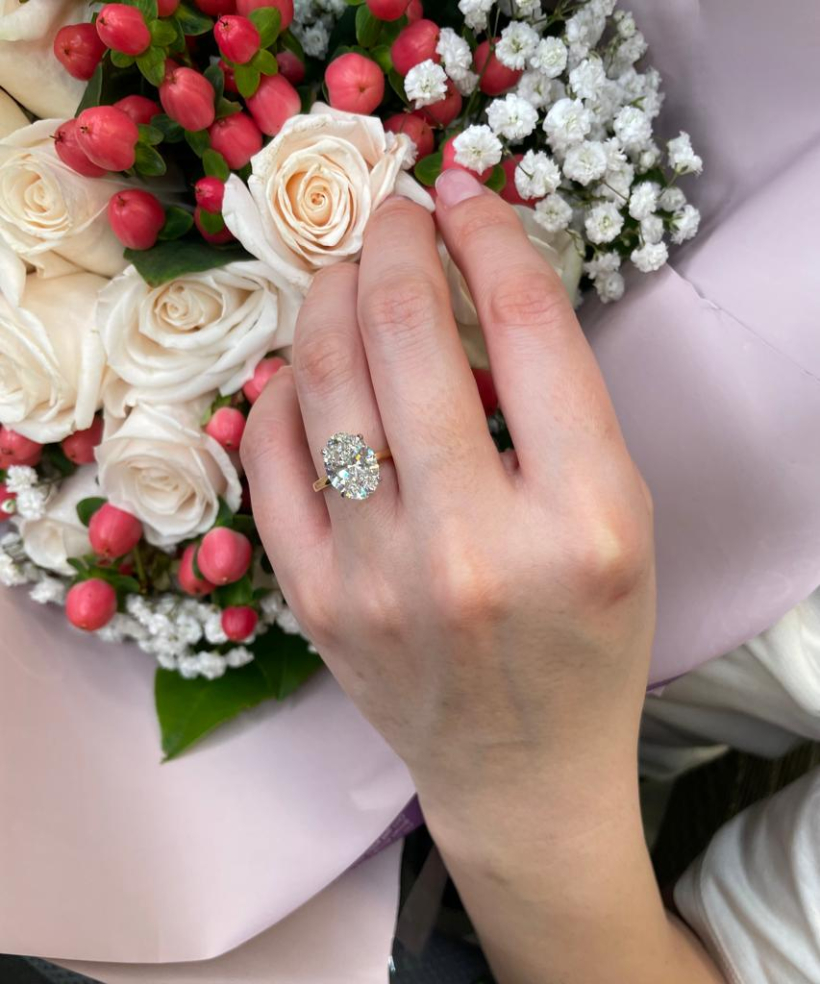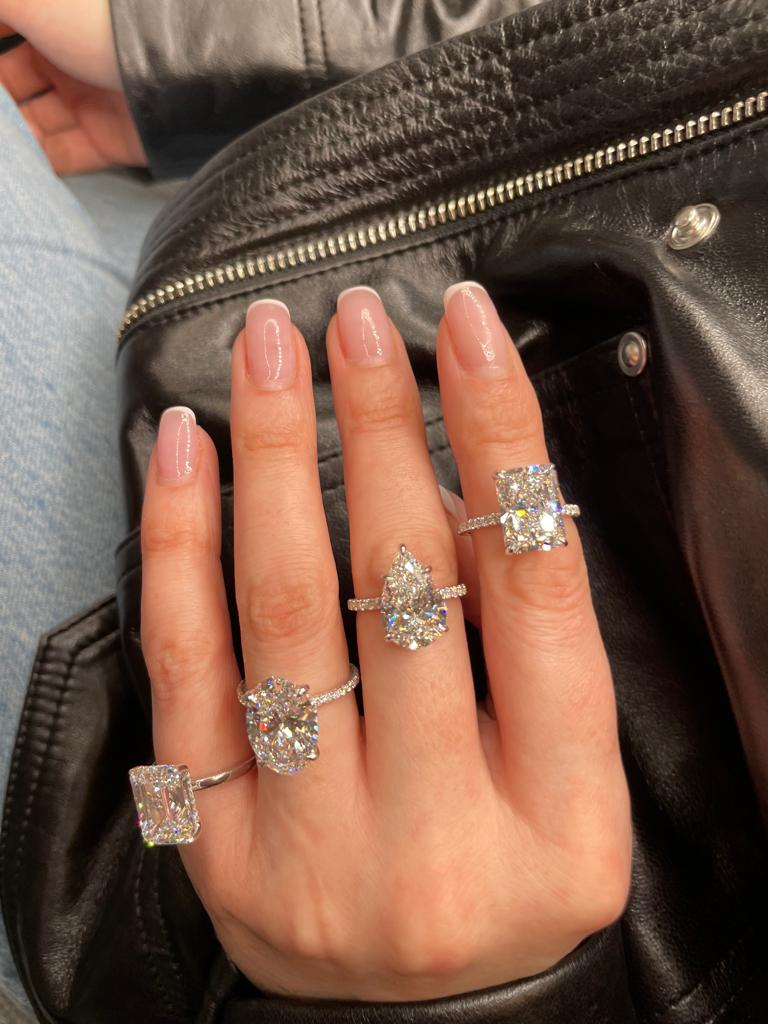Unless you work at a jewelry store or you’re very familiar with the diamond industry, you’re probably not familiar with the jeweler loupe. All over the world, thousands of diamonds and diamond jewelry pieces are sold every single day — and jeweler loupes ensure that these transactions can take place. In fact, you could argue that loupes are just as integral to the industry as the diamonds themselves!
But if you’ve never used or even seen a diamond loupe before, you’ve probably got a lot of questions. First and foremost, what is a jeweler loupe? What can it do? Why are loupes necessary when buying and selling diamonds? Finally, why is it important to get your engagement rings louped, particularly if you’re buying your ring used or from a private seller?
In today’s guide, we will answer all of these questions and more. Plus, we will help you find the best source for used engagement rings on the market!
What Is A Jeweler Loupe?
A loupe (also known as a jeweler loupe or a jeweler’s loupe) is a very small magnifying glass used to inspect small objects. It is most often used by jewelers (hence the name), as well as gemologists, and even watchmakers. There are many different kinds of jeweler’s loupes, but they all feature a very high-quality magnifying lens for examining objects close up.
The vast majority of loupes are used to examine jewelry and gemstones and evaluate their quality. Many are also used to view the intricate mechanisms inside watches or small clocks. In any case, loupes are a great tool for jewelers, as they allow them to examine gemstones for imperfections and blemishes. If someone is trying to pass a fake diamond or gemstone off as a real one, a loupe can help a professional detect the false stone before it can be sold to an unsuspecting buyer.
Jeweler’s loupes come in different sizes and have varying magnification levels, often ranging from about 5x to 30x magnification. Traditional loupes are handheld and look much like small telescopes. Alternatively, some loupes are mounted on tables or desks so that they can be used hands-free. This gives the jeweler more freedom to adjust the position of gemstones or pieces of jewelry while they are being examined. More advanced loupes even have built-in lighting to improve visibility in low-light conditions.
The Best Magnification For A Jeweler Loupe
There is no one perfect magnification level for a jeweler loupe. The best magnification for a jeweler's loupe depends on the specific task that is being performed. Generally, a magnification level of 10x to 20x is most commonly used by jewelers and gemologists for examining gemstones, jewelry, and other small objects.
A 10x magnification is suitable for inspecting the clarity, cut, and color of a gemstone or diamond. It can also be used to identify any inclusions or flaws in the stone. To put these numbers into perspective, a standard magnifying lens often has 2x or 3x magnification. Therefore, a 10x magnification loupe is capable of picking up tiny inclusions in diamonds that human eyes would never be able to see on their own.
A 20x magnification is ideal for examining smaller details in jewelry and gemstones. However, it may be more difficult to use for extended periods because it requires the user to hold the loupe very close to their eye and the object. For this reason, 10x magnification is still more common among jeweler loupes.
Higher magnification levels, such as 30x or higher, are usually reserved for very specific applications and are not commonly used by jewelers. They can be useful for extremely detailed work, such as inspecting minute engravings or identifying small marks. But anything between 20x and 30x magnification often requires a very steady hand, as the slightest movement could make it difficult to see the target object. And since the lens must be held so close to the object, higher magnification loupes run the risk of blocking out light sources.
Why Use A Jeweler's Loupe When Buying An Engagement Ring?
Using a jeweler's loupe when buying an engagement ring can help you assess the quality and characteristics of the diamond or gemstone in the ring. A loupe provides a magnified view of the stone, allowing you to inspect it more closely and identify any potential flaws or inclusions that may affect its value or appearance. Even if you’re not the one using the loupe, knowing that a professional jeweler has examined the ring with a loupe can give you much greater peace of mind with your purchase.
When buying an engagement ring, you want to ensure that you are getting a high-quality diamond or gemstone that meets your desired specifications and is worth the price. A jeweler's loupe can help you make a more informed decision by allowing you (or someone else) to inspect the stone up close. This can help determine the cut, color, and clarity of the stone. It can also help you know if there are any inclusions that would lower the value of the piece.
For example, with a loupe, you can closely examine a diamond to ensure that it does not have any internal inclusions or external blemishes that may affect its overall appearance. You can also examine the cut of the diamond to ensure that it is well-proportioned and reflects light evenly, which can impact its overall beauty and value. Since there is no way to determine the value of a diamond without a loupe or similar magnification device, you should always remember to have diamond rings or other diamond jewelry closely inspected before you make a purchas
How To Use A Jeweler's Loupe
If you’ve bought a jeweler’s loupe online, you may not know how to use it yet. Fortunately, the process is pretty straightforward. Simply follow these steps to begin using your loupe:
-
Hold the loupe close to your eye - Hold the loupe close to your dominant eye, and adjust the distance from the object you want to examine until you achieve the desired magnification. Some loupes may come with an adjustable focus, which can be used to fine-tune the magnification.
-
Focus on the object - Place the object you want to examine directly under the lens of the loupe and hold it steady. Focus the loupe until the object appears clear and magnified.
-
Examine the object - Once the object is in focus, you can begin to examine it closely. If you’re looking at a diamond engagement ring, search for any flaws or inclusions in the diamond.
-
Move the loupe as needed - To examine different areas of the object, you may need to move the loupe around slightly to adjust the focus. Be sure to keep the object steady as you move the loupe so you can maintain the correct magnification.
-
Put away the loupe - When you are finished using the loupe, be sure to store it in a protective case or pouch to prevent scratches to the lens.
We hope you enjoyed our guide on louped engagement rings! Are you currently looking for used engagement rings that have been authenticated using a jeweler’s loupe? If so, be sure to contact HYSTR today!








